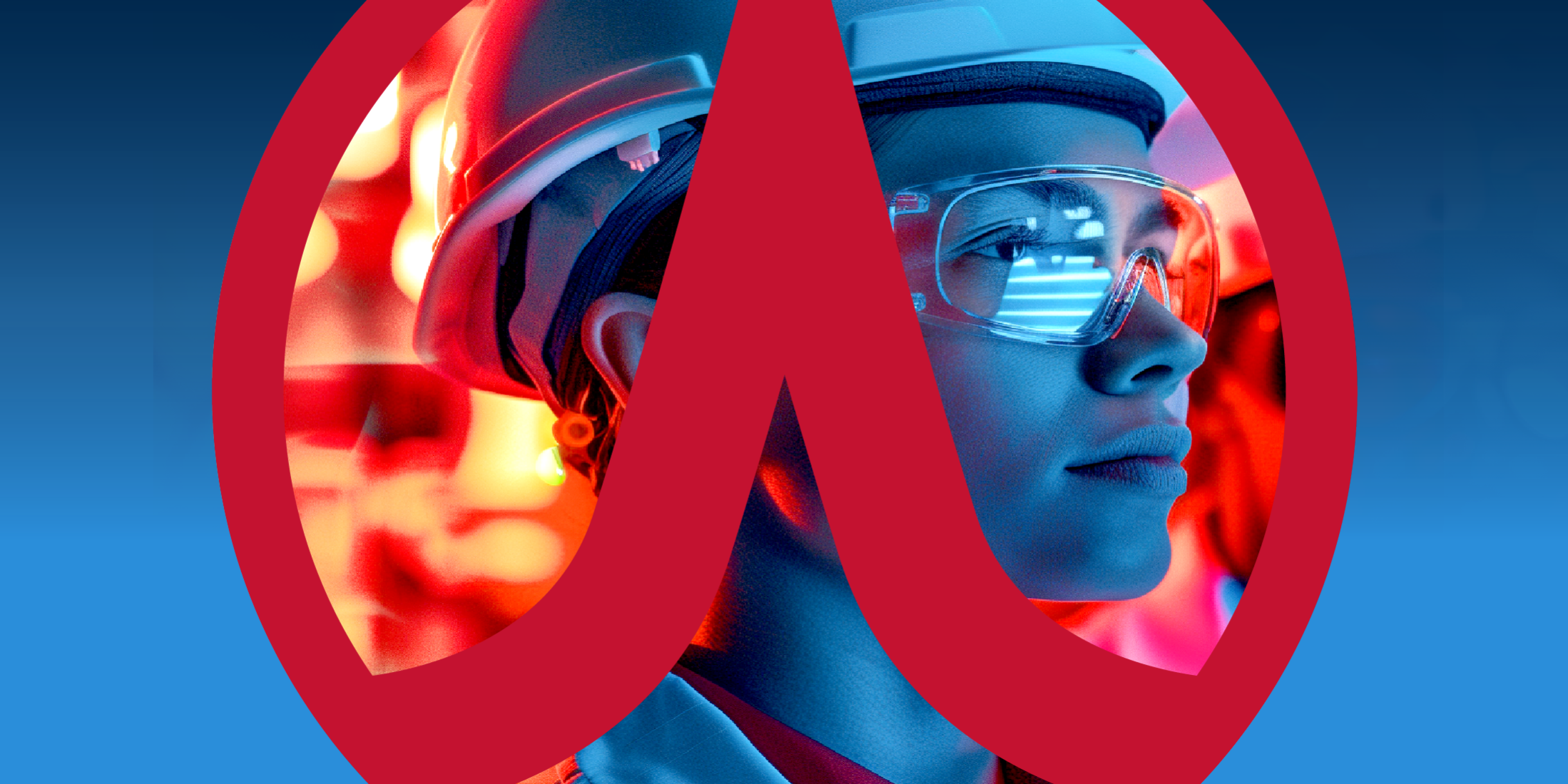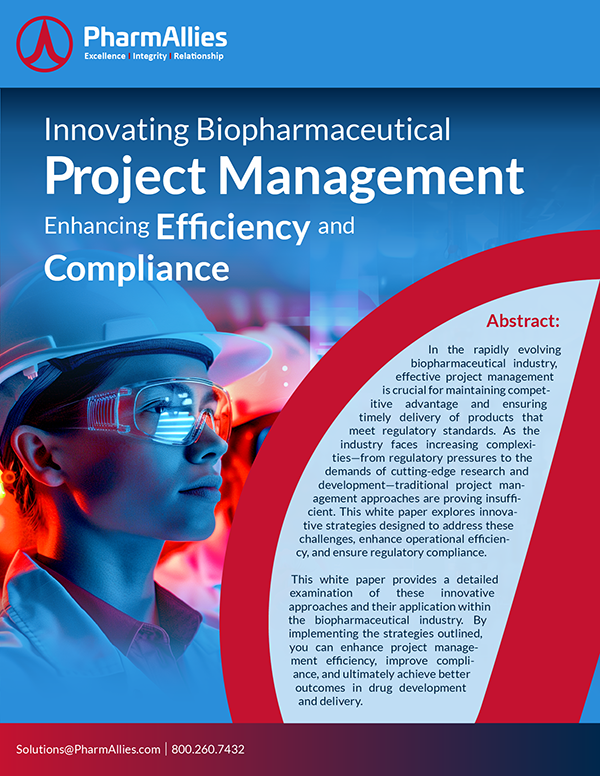Overcoming Challenges in Biopharmaceutical Project Management
Introduction
Navigating the complexities of project management in the biopharmaceutical industry is no small feat. Whether you’re developing cutting-edge therapies or managing the intricate processes that bring these innovations to market, the challenges are both numerous and significant. Every step is fraught with potential obstacles, from ensuring strict regulatory compliance to managing complex development processes and coordinating cross-functional teams.
Throughout my career, I’ve had the opportunity to witness and address these challenges firsthand. As someone with a PMP certification and over 20 years of experience, I’ve always valued structured project management methodologies. But I’ve also learned that flexibility and adaptability are just as important, especially in an industry as dynamic as biopharma. In this article, I’ll build on the foundations of my last article, which explored the critical role of project management in the biopharma industry. I’ll share insights from my experiences to help you navigate these challenges more effectively.
The Challenge of Regulatory Compliance
The Importance of Staying Ahead
In the biopharma industry, regulatory compliance isn’t just a box to check—it’s a fundamental component of the entire project lifecycle. From the earliest stages of development through to final product approval, every decision you make must align with the requirements set by regulatory bodies like the FDA, EMA, and others. Failure to comply can result in costly delays, financial penalties, or project termination.
One of the earliest lessons I learned in my career was the critical importance of staying ahead of regulatory requirements. I managed a project early on, and our team realized late in the process that some of our documentation didn’t fully align with the latest regulatory guidelines. The result? We had to go back and redo several critical stages, delaying the entire project by months. It was a harsh lesson but one that underscored the need for proactive compliance management.
Adapting to Changing Regulations
The regulatory landscape is constantly evolving, and what worked yesterday might not work tomorrow. As a project manager, especially in GMP manufacturing and packaging environments, you must be vigilant and flexible, ready to adapt your processes and documentation to meet new standards.
One approach that has consistently proven effective for me is building solid relationships with regulatory experts who can provide timely updates and guidance. This proactive strategy has helped me avoid several potential pitfalls. For instance, I once led a project implementing a serialization and aggregation system in a new manufacturing facility. Midway through, a new guideline concerning data integrity was issued, which directly impacted our equipment validation protocols. The client was unaware of these latest data integrity guidelines, which had just been issued a few weeks prior. However, because of our close monitoring and early engagement with regulatory advisors, we were able to quickly pivot, adjust our plans, and keep the project on track without significant delays. This experience underscored the importance of staying connected with regulatory changes, particularly when managing complex projects like serialization, where the stakes are high.
The Complexity of Processes
Managing the Intricacies
The biopharma process is inherently complex, especially involving GMP manufacturing and packaging. You’re dealing with a multitude of variables, from scientific uncertainty and technological challenges to resource constraints and market pressures. Every stage—whether it’s the setup of a new manufacturing facility, the execution of clinical manufacturing, or the validation of packaging lines—requires meticulous planning and coordination.
One of the most challenging aspects I’ve encountered is managing the interdependencies between these stages. A delay in one area can have a cascading effect on the entire project timeline. I remember a project where we were commissioning a new high-volume packaging line, and unexpected delays in equipment delivery forced us to revisit our entire project plan. The knock-on effect significantly impacted our timelines and resource allocation across the board.
Embracing Flexibility
In such a dynamic environment, rigidity can be your downfall. While having a structured plan is essential, it’s equally important to remain flexible. The ability to pivot and adapt when things don’t go as planned is a skill that every project manager in this industry must develop.
I’ve found that incorporating Agile methodologies into our project management processes has been incredibly beneficial. For example, we broke the project into smaller, more manageable phases during the commissioning, qualification, and validation (CQV) of a manufacturing and packaging facility buildout I managed. This allowed us to iterate quickly, make adjustments as needed, and keep the project moving forward despite the inevitable challenges that arose. This approach not only helped us stay on track but also allowed us to be more responsive to the changing regulatory environment and the technical challenges of integrating new systems into an existing manufacturing facility.
Managing Cross-Functional Teams
The Challenge of Coordination
Working with cross-functional teams is one of the most rewarding yet challenging aspects of biopharma project management. You’re likely coordinating efforts between scientists, regulatory experts, clinical researchers, and manufacturing specialists, each with their own perspectives, priorities, and ways of working.
Effective communication and coordination are key to ensuring that all team members are aligned and working towards the same goals. In my experience, the lack of clear communication can lead to misunderstandings, duplicated efforts, and, ultimately, project delays.
I recall a project where we had a diverse team spread across different locations, each working on various aspects of a new manufacturing facility. Initially, the lack of face-to-face interaction led to some disconnects. To address this, we implemented regular virtual check-ins and set up a shared digital workspace where everyone could track progress, share updates, and collaborate in real-time. This simple change made a huge difference, improving both communication and overall team cohesion.
Fostering Collaboration
Building a collaborative culture within your team is crucial. It’s not just about keeping everyone informed—it’s about creating an environment where team members feel empowered to share ideas, voice concerns, and work together towards a common objective.
In another project, where we managed the decommissioning of over 3,500 GMP equipment systems, the diversity of expertise within our cross-functional team was both a strength and a challenge. Different teams had different priorities—engineering was focused on timelines, while QA was concerned about compliance. To ensure we stayed on track, I facilitated a series of workshops where both sides could present their perspectives and work through the issues together. This collaborative approach not only kept the project on track but also strengthened the team’s ability to handle future challenges.
Leveraging Diverse Expertise
The diversity of expertise within cross-functional teams is a double-edged sword—it can be a source of strength, but it can also lead to conflicts if not managed properly. As a project manager, one of your key roles is to bridge these gaps and ensure that everyone’s expertise is leveraged effectively.
For example, in a project involving the global harmonization of a quality management system, we had a situation where the regulatory and manufacturing teams were at odds over the interpretation of certain guidelines. By facilitating workshops where both sides could present their perspectives, we reached a consensus that satisfied both teams and kept the project on track. This experience highlighted the importance of managing conflicts and turning them into opportunities for collaboration and better project outcomes.
Balancing Risk Management with Progress
Identifying and Mitigating Risks
Risk management is another critical aspect of biopharma project management. Given the high stakes involved, identifying potential risks early and developing strategies to mitigate them is essential.
In my experience, one of the most effective ways to manage risk is through continuous monitoring and proactive planning. On one project, where we were installing a new laboratory system, we identified early on that there was a high likelihood of encountering QA approval delays due to the novelty of the technology we were implementing. By anticipating this risk, we were able to allocate additional resources to the team, engage with the relevant corporate QA leaders early, and develop contingency plans that allowed us to stay on course despite the challenges.
Balancing Risk with Innovation
At the same time, it’s important not to let risk management stifle innovation. The biopharma industry thrives on innovation, and as project managers, we need to create an environment where innovative ideas can be explored without fear of failure.
I’ve found that fostering a culture of calculated risk-taking is key. For instance, during the development of a new coating process for a critical product, we knew that the innovative approach carried significant risks. However, by clearly defining the boundaries within which we could experiment, we were able to explore this novel approach without jeopardizing the overall project. The result was a significant improvement in product efficacy and a reduction in deviations by 60%, demonstrating that careful planning, risk management, and innovation can go hand in hand.
The Importance of Stakeholder Management
Engaging Stakeholders Effectively
Engaging stakeholders—whether they’re internal team members, external partners, or regulatory bodies—is a critical component of successful project management in biopharma. Stakeholders often have different expectations and priorities, and managing these effectively is crucial to keeping the project on track.
In my experience, one of the keys to effective stakeholder management is transparency. Regular updates, clear communication of both successes and setbacks and involvement of stakeholders in key decisions can help build trust and ensure that everyone is aligned with the project’s goals.
During the decommissioning of a large manufacturing facility, we faced significant challenges related to stakeholder alignment. Different groups had different expectations regarding timelines, resources, and outcomes. By facilitating regular updates, creating a project visual display board, and transparent communication, we were able to align these expectations with the project’s objectives, ultimately ensuring that everyone remained supportive and engaged.
Managing Expectations
Another important aspect of stakeholder management is setting and managing expectations. It’s not uncommon for stakeholders to have conflicting expectations, and it’s your job as a project manager to navigate these effectively.
I’ve been involved in projects where the expectations of different stakeholders were initially misaligned, leading to friction and delays. By taking the time to understand each stakeholder’s priorities and concerns and then working to align these with the overall project objectives, we were able to smooth out these issues and move forward more cohesively.
Conclusion
Project management in the biopharma industry is a challenging but incredibly rewarding endeavor. The complexities of regulatory compliance, development processes, and cross-functional team coordination require not just technical expertise but also a high degree of adaptability, communication skills, and strategic thinking.
Throughout my career, I’ve found that the most successful projects are those where project management is approached not as a rigid process but as a dynamic, evolving practice that adapts to the unique challenges of each project. By staying proactive, fostering collaboration, and balancing risk with innovation, you can navigate the complexities of biopharma project management and lead your projects to success.
As you continue on your journey in this field, remember that each challenge is an opportunity to learn, grow, and improve. With the right approach, you can overcome these challenges and contribute to the development of life-changing therapies that make a real difference in the world.



